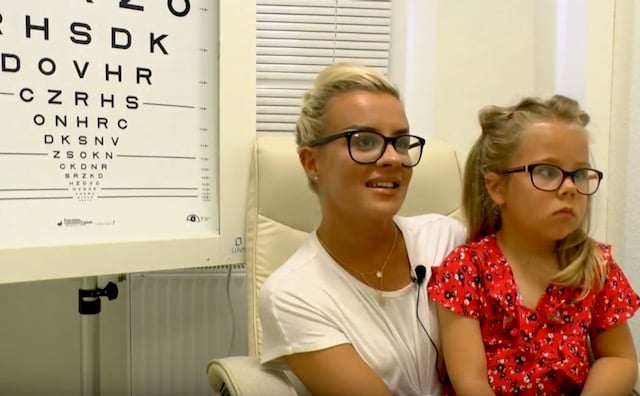
Eye and brain: The syndrome of optic nerve hypoplasia is known to be a miswiring of axons in the optic nerve often associated with miswiring elsewhere in the brain, especially the hypothalamus and midline structures.
Early knowledge: Any child potentially demonstrating poor visual function, nystagmus, or strabismus should have a eye examination by 3 months of age. In cases where ONH is diagnosed or suspected, an MRI and endocrinologic evaluation is warranted.
Eye examinations should be conducted at least annually to properly correct refractive errors, manage strabismus and amblyopia, and treat any other ocular conditions present. Parents should be thoroughly educated on ONH, associated conditions, aboutprognosis and developmental expectations.







